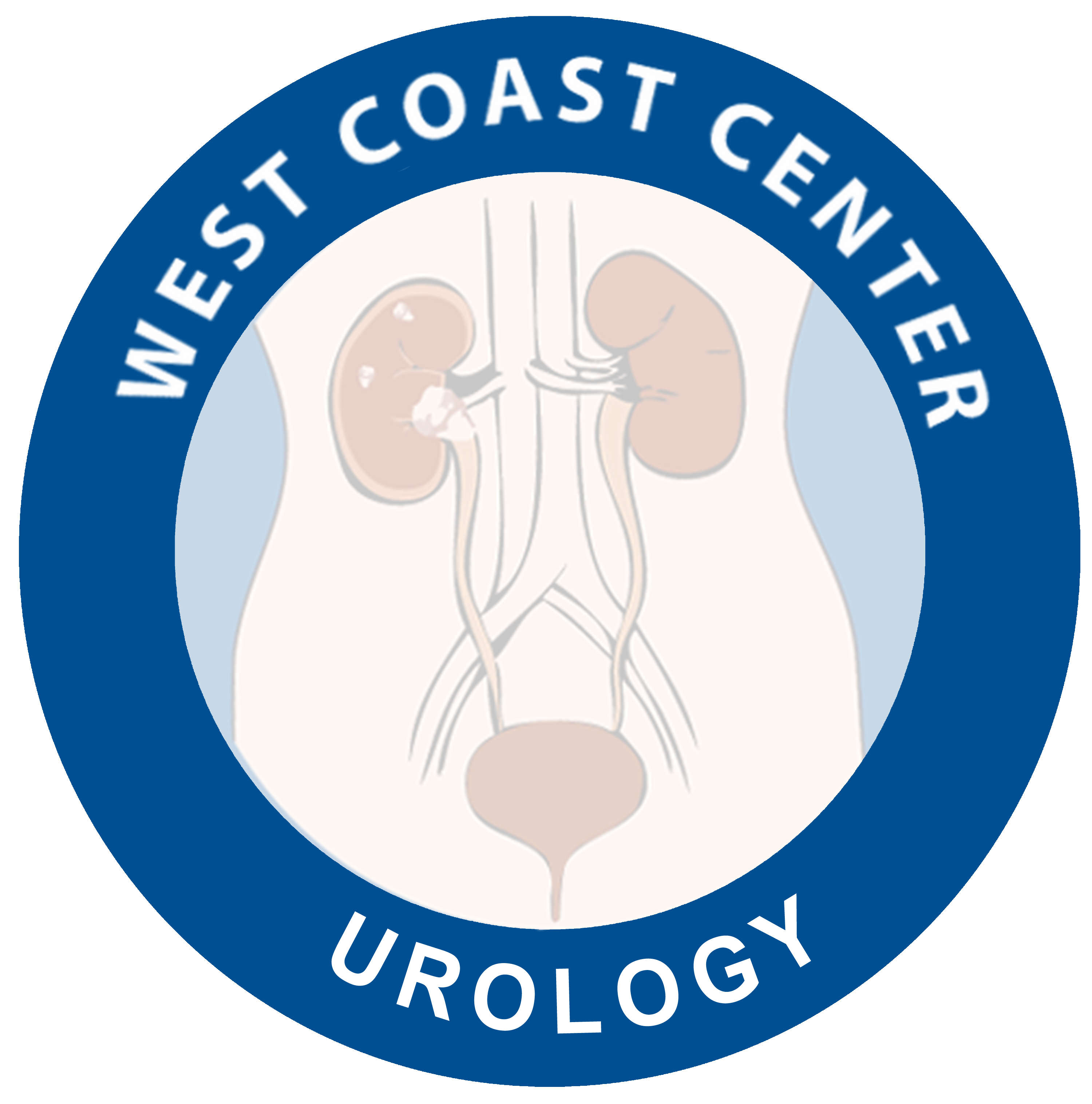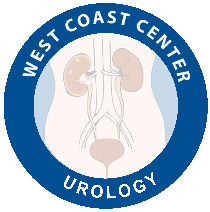Hormone Replacement Therapy for Men
You may consider hormone replacement therapy (HRT) to be a women’s-only concern, but it’s not. Most men don’t like to hear this, but when it comes to testosterone, they hit their peak at about age 17. Levels plateau for a while, then slowly start to slide in their 30s and 40s. By the time a man reaches 80, his testosterone level will be about half of what it was when he was a strapping young lad.
For decades, doctors have used synthetic testosterone to treat a small number of men whose hormone level is unambiguously low. Hypogonadism, as it is called, can be caused by a problem in the testes (where most testosterone is made) or in the pituitary gland (the “master gland” under the brain that secretes a signaling hormone to get the testes into action).
But now a growing number of men in the United States are taking testosterone to reverse the gradual, age-related decline of the hormone, or so-called andropause or male menopause. By some estimates, the number of testosterone prescriptions in the United States has tripled in recent years, and total sales now come to about $400 million a year. That’s not much compared with the $12.5 billion spent on cholesterol-lowering statins, but the upward trend is still impressive.
Forms of testosterone therapy
Testosterone cannot be taken as a pill, because it can be toxic to the liver. It can be given as intramuscular injection every 2-3 weeks. It’s readily absorbed through the skin, so it’s easy to use as a gel that is usually spread daily on the upper arms, shoulders, and abdomen after a morning shower, when the skin is clean and dry. The gels have largely replaced testosterone patches, the first transdermal method. Striant is a gel designed to be applied to the gums. Recently, testosterone pellet can be inserted under the skin that will last for 6 months
The FDA classifies the hormone as a controlled substance, so it’s more tightly regulated than, say, Viagra. Testosterone products sold over the Internet are not reliable
The male hormone
You can go too far with gender stereotyping of hormones. Women make testosterone, too, although in much smaller amounts, and the FDA has approved Estratest, a combination estrogen-testosterone pill, for women suffering from menopausal symptoms like hot flashes (the testosterone dose is so small that the risk of liver toxicity is minor). Moreover, some of a man’s testosterone gets converted by the liver and fat tissue into estrogen.
Still, testosterone deserves its reputation as the male hormone. A male fetus starts producing it seven weeks after conception. The adolescent surge changes the voice of a teenage boy, makes his muscles fill out, and stimulates his sex drive. In adult men, the hormone plays a role in maintaining muscle mass and strength, fat distribution, bone strength, and red blood cell production, as well as libido and sperm production. And yes, a metabolite of testosterone does promote baldness, although testosterone treatments do not.
In younger men, testosterone levels fluctuate quite a bit, usually spiking in the early morning. But in older men, the peaks and valleys flatten out, so getting an accurate measurement isn’t difficult. Only about half of the testosterone in a man’s blood stream is biologically active. The rest is stuck to another hormone called, appropriately enough, the sex hormone–binding globulin, and levels of it go up with age, furthering the testosterone skid in older men.
Benefits and risks
There’s pretty good evidence that testosterone treatment will make a man leaner, though not necessarily stronger. Citing 12 placebo-controlled studies of body composition, testosterone treatment probably does increase lean-body mass and decrease fat. But surprisingly, muscle strength showed no improvement in 8 of 10 studies. Results on mood and cognition are too mixed to draw any firm conclusions. Some researchers see a positive trend in bone density.
As for sex, no surprise — testosterone plays an important role in sexual interest and motivation. Some research hints at a use-it-or-lose-it feedback loop — testosterone levels increase with sexual stimulation and activity, and decline after long periods of celibacy. But even men with low levels of the hormone can have erections.
Testosterone therapy hasn’t been effective as a treatment for erectile dysfunction. In younger men it shrinks the testes and in all men, drops the sperm count. Yet doctors who prescribe testosterone say their patients often report that it improves the quality of their erections.
On the risk side, one of the big worries has been heart attacks and other cardiovascular problems. But research has chipped away at that idea. Low, not high, testosterone has been linked to cardiovascular risks like diabetes. Testosterone treatment does not have an appreciable effect on cholesterol. In clinical studies, treatment has been shown to widen coronary arteries and may even help angina. Red blood cell counts sometimes go up, although this is more common with injections of the hormone. For men with anemia, that side effect could be a plus. But higher red blood cell counts can also make the blood thicker and therefore more likely to clot. So doctors who prescribe testosterone should be careful about monitoring red blood cell counts.
The other big worry is prostate cancer. In January 2004, a review article in the New England Journal of Medicine (NEJM) took a practical approach to what is perhaps the thorniest issue: whether testosterone treatments increase the risk for prostate cancer. The article says that testosterone doesn’t cause cancer, but that men taking it need to be monitored for prostate cancer “given the widespread, albeit poorly substantiated, concern” that the hormone may stimulate the growth of hidden cancer.
Testosterone doesn’t seem to initiate it. In fact, there’s reason to believe that in men with naturally high levels, the hormone may act as a prostate cancer inhibitor. On the other hand, it’s pretty clear that once prostate cancer is present, the cancerous cells need testosterone and related hormones to grow. About half of all men over age 50 harbor cancer cells in their prostate that aren’t causing symptoms or doing any real harm. Theoretically at least, testosterone treatment might “wake up” those cells and make them aggressively cancerous. To guard against that, some doctors insist on a prostate biopsy to rule out the presence of cancer before they start a man on testosterone therapy.
|
Risks from testosterone replacement Side effects are a primary drawback of using HRT. While some of the side effects associated with HRT are relatively minor, others are more serious. Potential minor side effects of HRT include: • fluid retention • acne • increased urination More serious potential side effects include: • breast enlargement • decreased testicle size • worsening of sleep apnea in patients who have this sleep disorder • changes in the amount of cholesterol in your body • increases in your red cell count • decrease in sperm count
|
Who qualifies as having low testosterone?
There is an unsettling imprecision in all of this. The clinical trials so far have been too small or too short, or both, to draw firm conclusions. We’re years away from having results from definitive studies, if and when they’re ever done. With so much uncertainty, what should be done in the meantime? Dr. Peter Snyder, an endocrinologist at the University of Pennsylvania, published an article in the New England Journal of Medicine. Here are four principles he outlined:
1-Strict criteria for a diagnosis. For men over 65, a diagnosis of testosterone deficiency should be limited to those who have three early-morning tests that are “unequivocally subnormal.” But reflecting the uncertainty surrounding the issue, Snyder hedges on a cutoff number and says it should be “perhaps below 200 ng/dL.”
2-Treatment only for those with a diagnosis. Men with testosterone levels that aren’t quite so low (200–300 ng/dL) might benefit from testosterone, but the “prudent course” would be to treat only men with very low levels.
3-Monitor testosterone levels. The symptoms of testosterone deficiency are so general (fatigue, depressed mood, diminished muscle mass, etc.) that measuring testosterone levels is the best way to tell whether the treatment is working. In men over 65, the goal should be 300–450 ng/dL, the middle of the normal range for that age.
4-Monitor for testosterone-dependent diseases. Benign prostate enlargement and prostate cancer are the main concerns, but doctors should also check for worsening of sleep apnea, breast tenderness, and elevated red blood cell counts.

